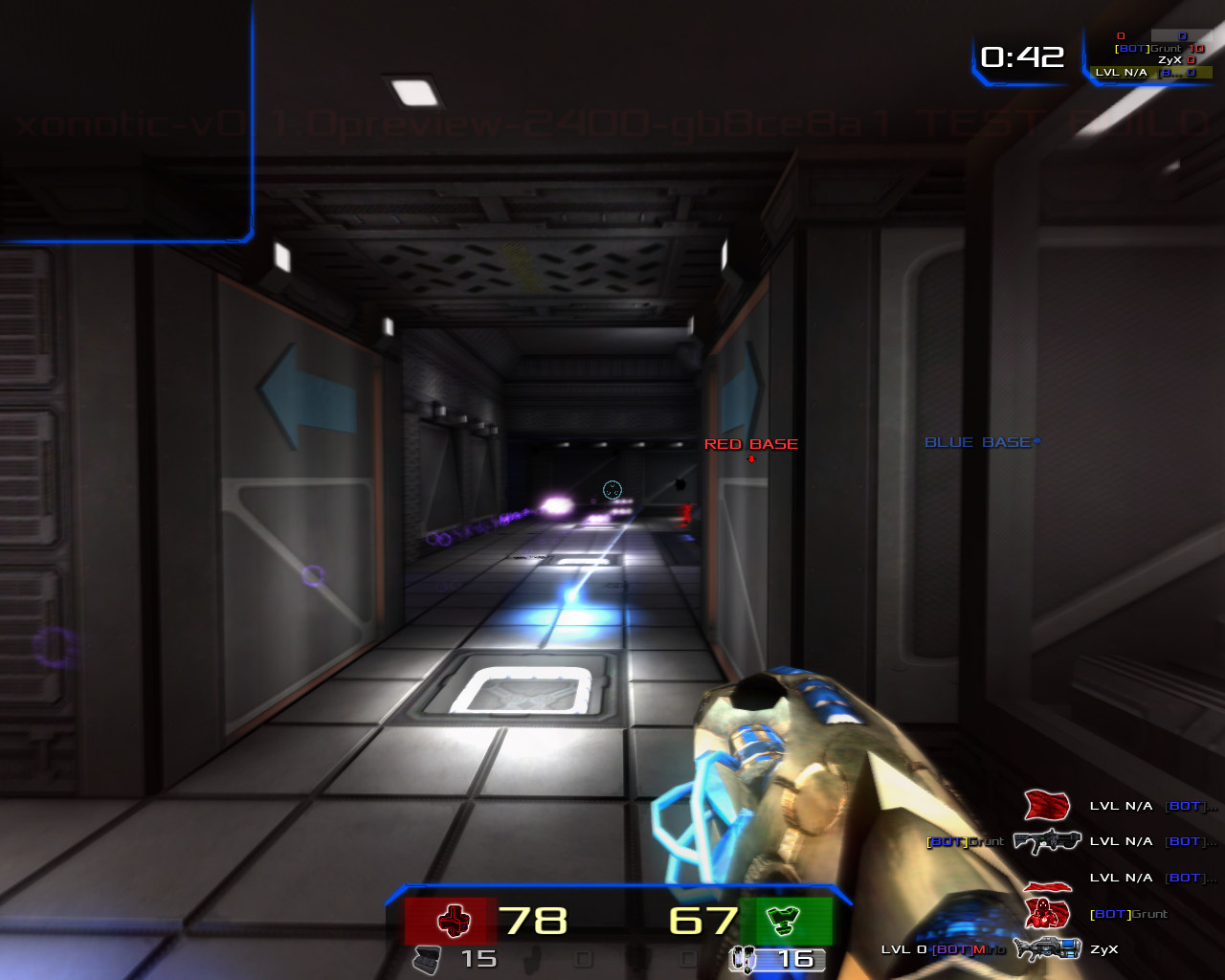

- #XONOTIC VERY LOW FRAMERATE DRIVER#
- #XONOTIC VERY LOW FRAMERATE PC#
- #XONOTIC VERY LOW FRAMERATE BLUETOOTH#
On the consumer market there is no need for very long distance Bluetooth communication (practical and security reasons). Some low power devices may work on on even shorter distances. Average USB Bluetooth adapters have a working distance of around 10 meters. › Read more Long range Bluetooth communication with SENA Parani UD100 adapterīluetooth is today in a lot of devices and we don't even find that to be a special feature. I'll take a look at two of them - 2x telephoto and macro/wide field lens.

Such lenses cost few Euros and are quite basic in design. Some will even give you fish-eye ultra wide field effect. They alter how the built-in lens works allowing for wide field, macro or telephoto effect. Testing small external lenses for phones and other mobile devicesĬhina can make quite interesting gadgets like for example external lenses for phones and other devices. So we have a good game and surprising problems. Secondly many players are reporting problems with the game - crashes, blank screens and so on. Many good-brand devices is marked as incompatible. On the other side the game faces some hardware/software problems. Our team will consist of birds as well as of piggies. This time we will be racing to get to the final prize. › Read more Angry Birds Go - a race game with unexpected problems on AndroidĪngry Birds Go! is a new game made by Rovio with a Angry Birds theme.
#XONOTIC VERY LOW FRAMERATE PC#
To run benchmarks I've used phoronix benchmark tool, as well some bootchart for system boot up time charts and power usage monitor to check how much power the PC is taking. Aside of other Intel CPUs there are AMD competitors like new Sempron and Athlon 25W CPUs with good graphics or the old E-350 still available on the market. Will Celeron J1900 be able to run games faster and what will be the difference between x1 and x16 on a classical motherboard?īenchmarking Celeron J1900 on Xubuntu LinuxĪfter building a PC with Celeron J1900 it's time to run some benchmarks. In this article I'll test and compare three basic and cheap graphics cards I got from local bidding site quite cheap. We can connect a USB3 or Firewire 800 PCIe controller to it, but can we use an external graphics card to improve the gaming performance of such low power quiet PCs? Can PCIe x1 2.0 can provide enough bandwidth for the GPU to perform at a good or acceptable level? Or maybe can it give some extra features like CUDA cores or multiple display support that can be used to some specific tasks? Most of motherboards offer PCIe connect, but as a limited to x4 (AMD) or x1 (Intel) version. Low power Bay Trail, Celeron or AMD APU Athlons, Semprons are storming the market allowing users to create quiet or even fanless PCs for multimedia or daily home use. › Read more Improving Celeron J1900 gaming performance by connecting external graphics card to PCIe x1 2.0 slot

Quickemu is a handy tool to run Windows, macOS or Linux virtual machines on your PC - a combination of QEMU and custom tooling to make it a smooth process. Run Windows, macOS and Linux virtual machines with Quickemu
#XONOTIC VERY LOW FRAMERATE DRIVER#
AMDįor the binary closed source driver ( fglrx) we can use aticonfig, although it won't give much: Graphics cards with more RAM doesn't show such effect in Xonotic benchmarks and drop FPS more gently with increasing quality. At high quality there are only few MB of RAM free. Looking at GPU memory usage (512MB) at ultra the GPU was quite likely lacking needed RAM space as whole RAM was used. NVIDIA GeForce Line: All current and previous generation GeForce-branded partsįor example I've noticed that old Quadro FX 580 had a big FPS drop from 66.37 to 21.3 on Xonotic phoronix benchmarks between High and Ultra quality. NVIDIA Quadro Line: All other current and previous generation Quadro-branded parts NVIDIA Tesla Line: S1070, C1060, M1060 and all other previous generation Tesla-branded parts


 0 kommentar(er)
0 kommentar(er)
